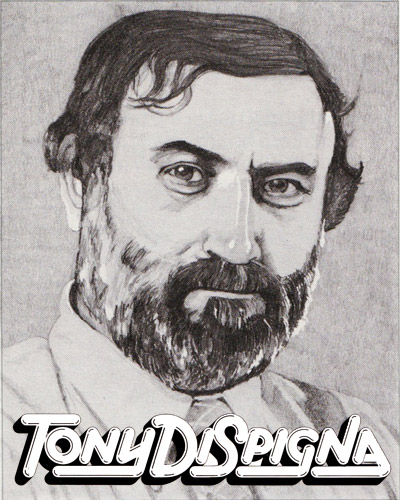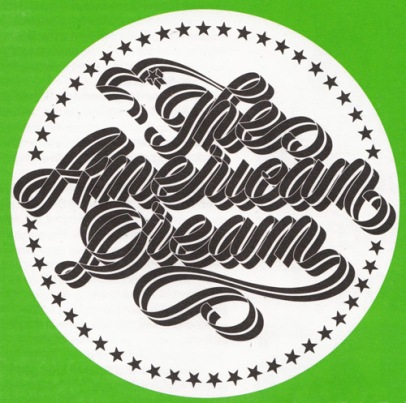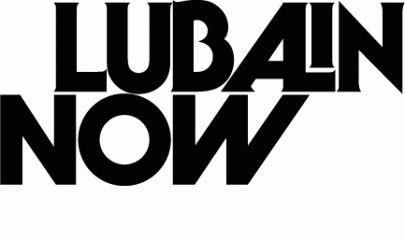Tony Di Spigna was born in Italy but was brought up and educated in the USA. He graduated from New York City Community College and Pratt Institute. After a number of unsatisfactory jobs he arrived at Bonder & Carnase, Inc., where he was to work closely with Tom Carnase. ‘That was the job I wanted’, he remembers ‘the salary wasn’t important, it was the working atmosphere that counted.’ Shortly afterwards, in 1969, he moved with Carnase to the newly formed Lubalin Smith Carnase, Inc., where he continued to expand his talents as a lettering designer and typographer.
He opened his own New York design studio in 1973 and worked as a partner with Herb Lubalin in the late seventies before Herb’s death. Today he runs Tony Di Spigna Inc. from Irving Palace in New York. Tony likes working with his hands and derives great satisfaction from creating pleasing letterforms. A large part of his output is cursive and calligraphic in nature but his work covers the whole spectrum of type and logo forms. He is at pains to point out that his ‘calligraphic’ work is not simply calligraphy. ‘A lot of people misdescribe my work as calligraphy’ he retorts ‘but I see what I do as creating an overall image rather than producing calligraphic lettering. Take the Roberta Flack design I did for Atlantic Records, for instance. Sure, it employs calligraphy but I feel that the end result is more of a logo or complete image than simply a piece of calligraphic lettering.’
For all his protestations, Di Spigna’s calligraphic talents are undeniable. He is a purist and would never use a French curve, for instance, although he knows plenty of people who do. His working method is very precise. He’ll begin with five or six progressive roughs or tracings. Then when he’s reasonably happy with the form he’ll use a 4B pencil to produce a presentation visual for the client. He takes this to a high level of finish, not only to help the client understand the idea, but also to work from when he receives approval. Once he is given the go-ahead he uses the visual as the original and traces from it onto a sheet of vellum stock. He uses a pen holder with a crow quill point and etches along the lines in ink. Where necessary he cleans up with white tempera and a brush.
As for briefing, Di Spigna is a realist, ‘Absolute freedom is non-existent,’ he states ‘unless you have a terrific rapport with your client. My main job is problem solving. I try to get as much information from them as possible and then apply my type solutions. I’m in the business of communication.’ He is amused by some clients who try to employ him on a sort of ‘piecework’ basis. If they have paid a certain price for, say, a four-word headline and they later commission him to produce a two-word logo they will sometimes say ‘But Tony, shouldn’t it be half the price. After all, it’s only two words.’ ‘These people miss the point.’ says Di Spigna ‘it’s not the amount of words I’m charging for, it’s the complete image.’
As if to reinforce his point about communication he devotes quite a bit of his time to teaching. The Pratt Institute, the School of Visual Arts and New York Institute of Technology are all educational establishments that benefit from his regular sessions. Not only can he pass on his expertise to the student but he also brings to their attention the realities of commercial life such as deadlines and budgets – something that a person teaching all the time probably isn’t aware of.
Tony Di Spigna works for a large number of ‘blue-chip’ clients and more and more of his work is moving towards the area of corporate graphics. But whatever type of brief his clients give him, he is always trying to refine his work to the point of ‘perfect solutions’ to communication problems.
This article was transcribed from an old Baseline Magazine. The date that it was published is unknown.
Thanks to Jeremy Pettis who posted the scanned article on his Flickr and So Much Pileup for the post.
Filed under: Calligraphy, Designers, Lettering, Lubalin, Typography







